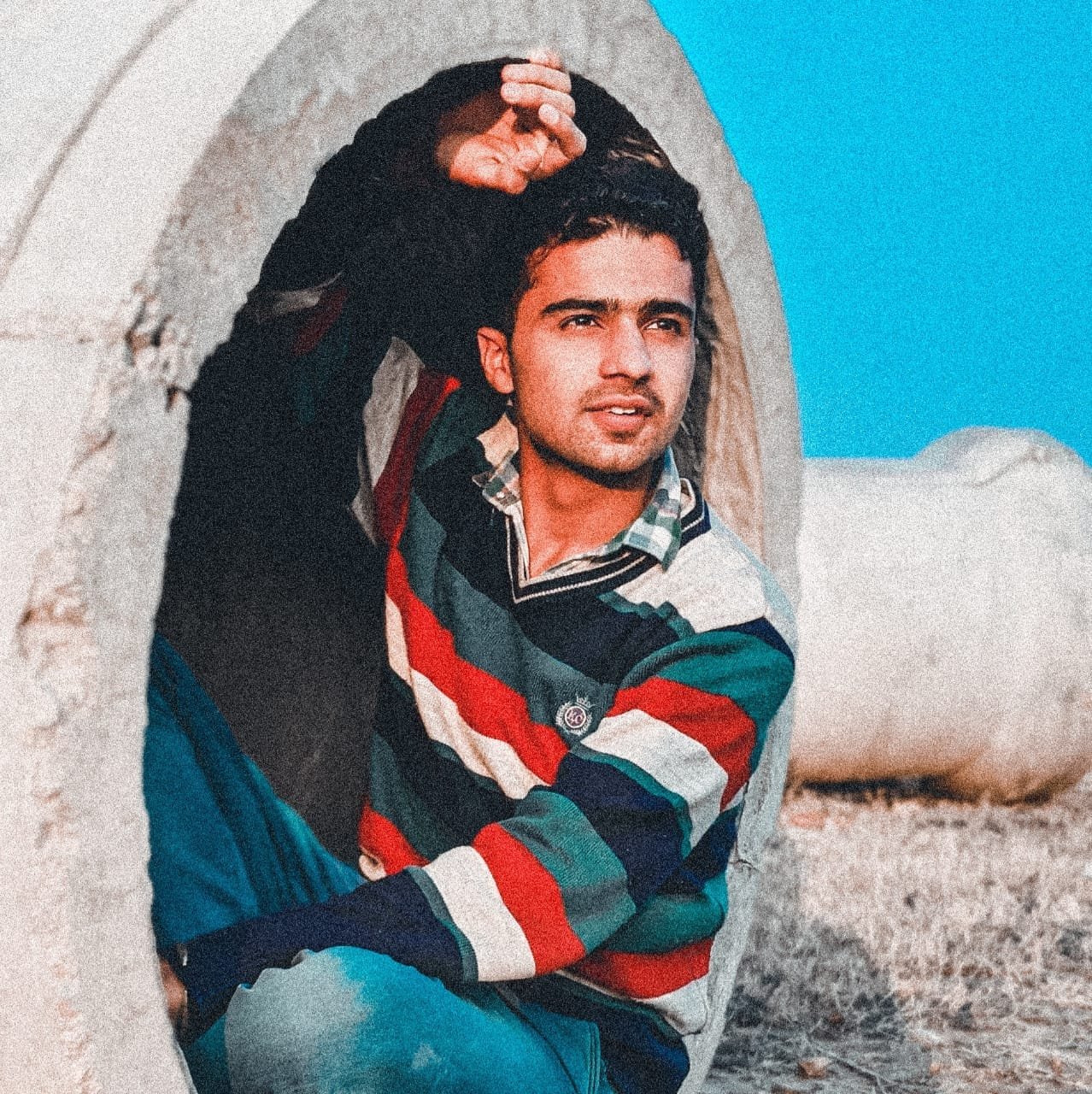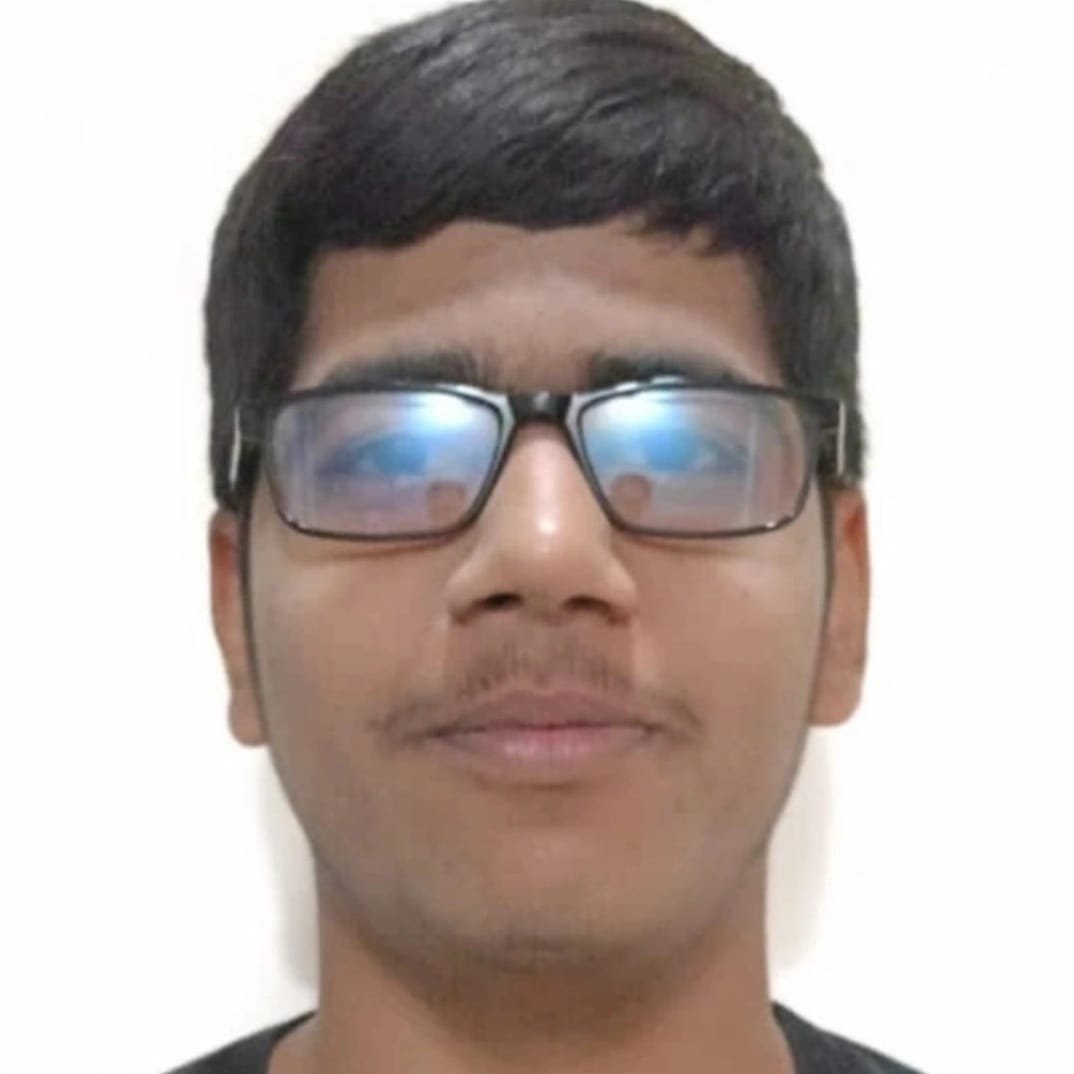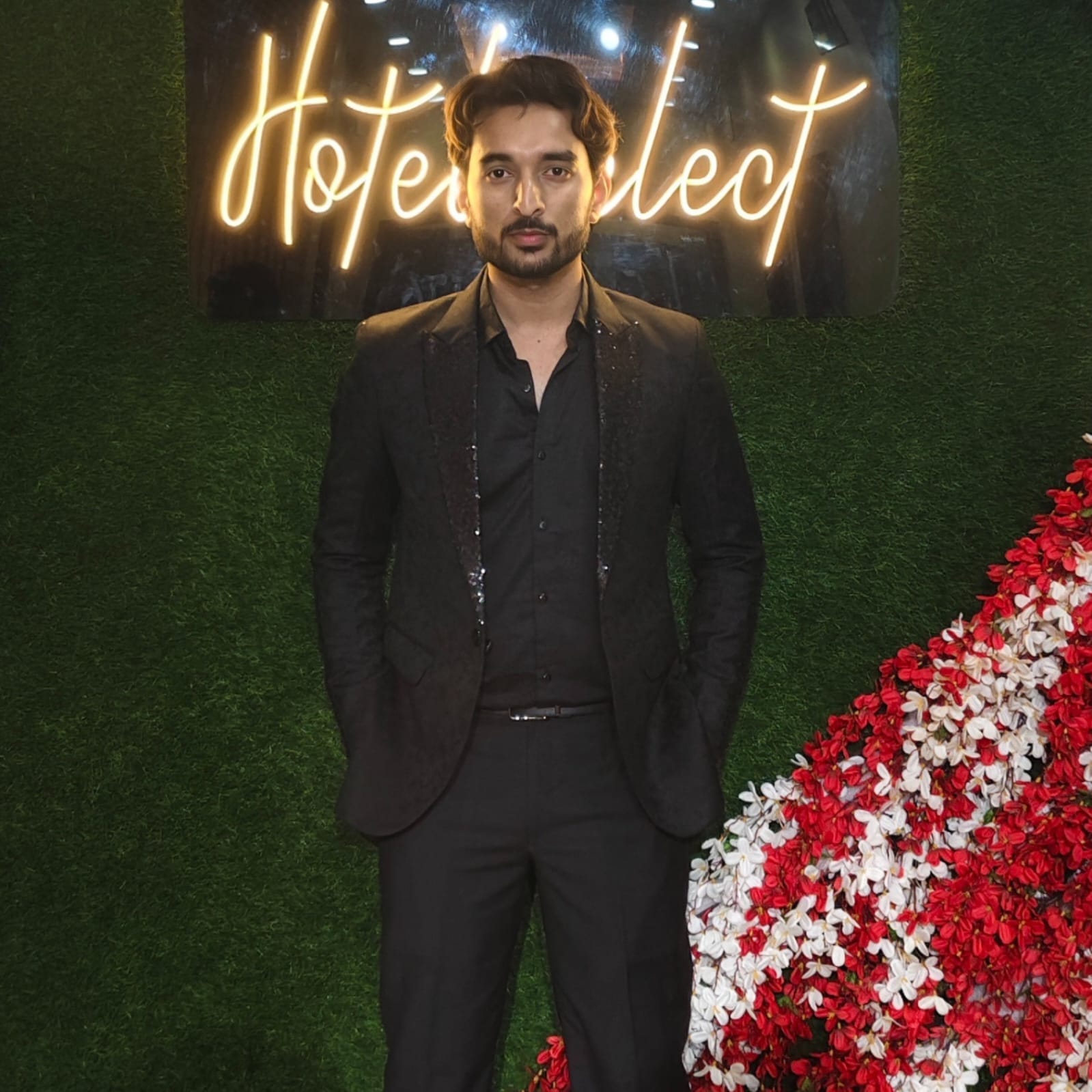
India’s newest streaming contender, Rochak, is carving an enviable first-mover position in global entertainment. Built on a proprietary voice-cloning pipeline, the subscription platform can localise a feature film into more than fifteen languages in a single working day while preserving the original actor’s tone and emotional cadence. Early releases have already proved that viewers overwhelmingly prefer this “real-actor, new-language” model to conventional dubbing. Now Rochak is preparing a full multi-device rollout—Android this month-end, iOS thirty days later, and smart-TV apps already in QA—alongside an ambitious roadmap that expands to thirty-five languages and gives independent producers a self-service console for instant worldwide distribution.
Rochak’s promise is strikingly simple: finish shooting on Friday, upload on Saturday, and premiere everywhere by Monday morning—no dubbing studios, patchwork voices, or multi-week delays. The platform’s neural engine captures an actor’s vocal fingerprint—pitch curves, breath pauses, micro-emotional cues—and re-creates the same performance in languages as varied as English, Arabic, Tamil, Spanish, and French. Viewers can switch audio tracks on the fly yet still feel the authenticity of the original delivery, a feat that conventional dubbing rarely achieves.
Proof arrived when Rochak’s inaugural film launched simultaneously in four languages. Analytics told the story: more than 70 percent of viewers selected a dubbed track, average watch-time jumped by one-third, and subtitle toggling dropped to single digits. Traditional localisation can swallow up to 20 percent of a mid-budget project and delay release schedules by six weeks; Rochak’s pipeline completes the job in four to six hours at a fraction of the cost, giving regional and indie creators the same “day-and-date” power that only major studios once enjoyed.
Technology, of course, matters only when it fades into the background. Rochak’s forthcoming Android build ships with offline downloads, 4 K casting, and a swipe-based language carousel; the iOS version follows a month later with identical features plus spatial-audio support; smart-TV apps for Android TV, Fire TV, and webOS are in final QA, turning the living-room remote into a one-click multilingual switch. A responsive UI surfaces language options instantly, ensuring the focus stays on story rather than settings.
While audiences experience friction-free entertainment, content owners encounter a data-rich dashboard that pays royalties by minutes viewed instead of flat licences. This watch-time model allows niche documentaries and regional dramas to monetise alongside mainstream blockbusters. Behind the scenes, Rochak is finalising a Creator Console that will let producers upload a master, pick target languages, and receive ready-to-stream files—no human intervention required.
The roadmap extends beyond fifteen languages to thirty-five by 2026, with real-time dubbing for live events and deeper emotional fidelity on the AI horizon. Should these milestones land on schedule, Rochak could move India from consumer of imported streaming tech to exporter of category-defining innovation—and, in the process, make “opening weekend, everywhere” a reality for storytellers worldwide.





